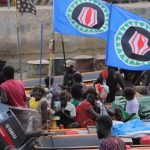In the hills above Klepini in Northern Cyprus, a valley of half-built villas marks what is left of one of the region’s most notorious property scandals. The development, called Amaranta Valley, was promoted in the mid-2000s by British national Gary Robb. The reality that followed was entirely different.
Table of Contents
Who was Gary Robb?
Gary Robb grew up in the north of England and became known in the 1990s for his involvement in Teesside’s nightlife scene. He operated Club Coliseum, a Stockton-on-Tees nightclub that attracted large crowds during the height of the UK’s rave era. The venue gained a reputation for both popularity and disorder; local police considered it a focal point for drug activity. After a major raid in 1996 involving hundreds of officers, drugs worth tens of thousands of pounds were seized on the premises. While Robb himself was not convicted over the raid, the investigation put him under considerable scrutiny.
By early 1997, facing a series of legal pressures unrelated to Cyprus, Robb left the UK and resurfaced in the Turkish-controlled north of Cyprus, a territory outside EU jurisdiction and largely beyond the reach of British law enforcement. He spent several years establishing connections in the north and positioning himself within the local property market, which was expanding due to lax regulation and land priced well below the levels of the internationally recognised Republic of Cyprus.
It was in this environment that he founded AGA Developments. The company began promoting housing projects aimed at foreign buyers, mostly British retirees or early investors, who were often unaware that many plots on offer were owned by displaced Greek Cypriots. Court records state that over 260,000 square metres of the 274,000-square-metre Amaranta plot were owned by Greek Cypriots who had never authorised any development.

Sales, Construction, and Collapse of the Amaranta Valley
Between 2004 and early 2005, AGA Developments aggressively promoted Amaranta Valley, presenting it as a master-planned residential community. Buyers were shown architectural models and artist’s impressions, and many were encouraged to pay in full in exchange for small discounts. By April 2005, approximately 85 per cent of the villas had been sold.
Construction barely progressed. According to later investigations, only one villa was ever finished, and even that required the purchasers to oversee and finance much of the remaining work themselves. Robb began spending less time in Cyprus, and by mid-2005 the site was effectively abandoned. Investors were left with nothing but concrete shells scattered across a hillside.

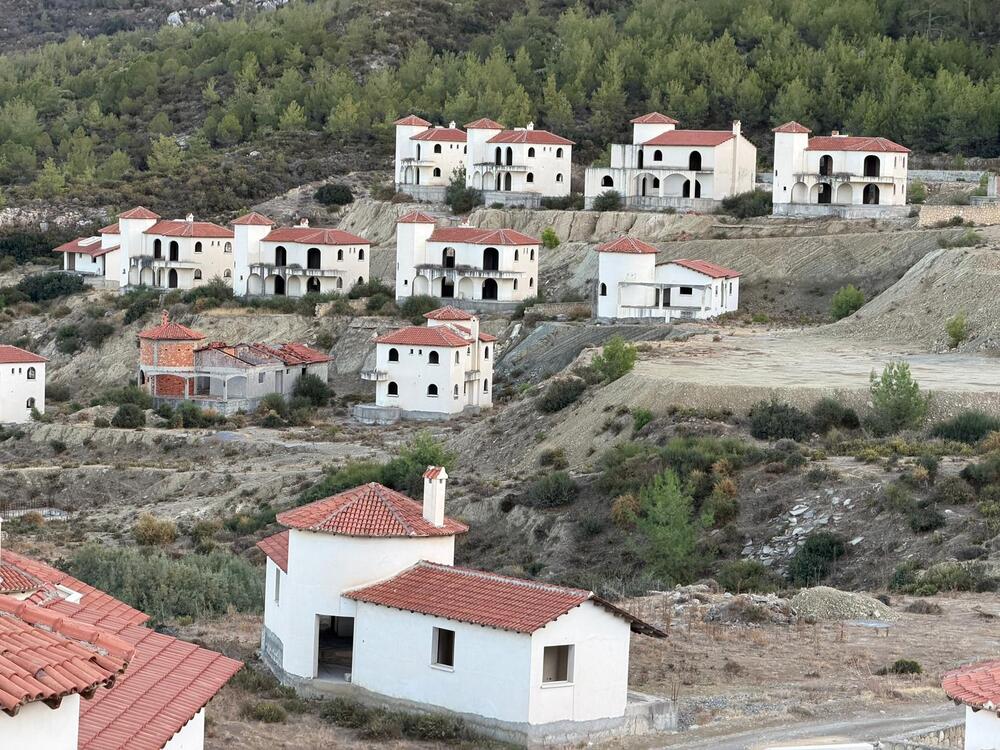
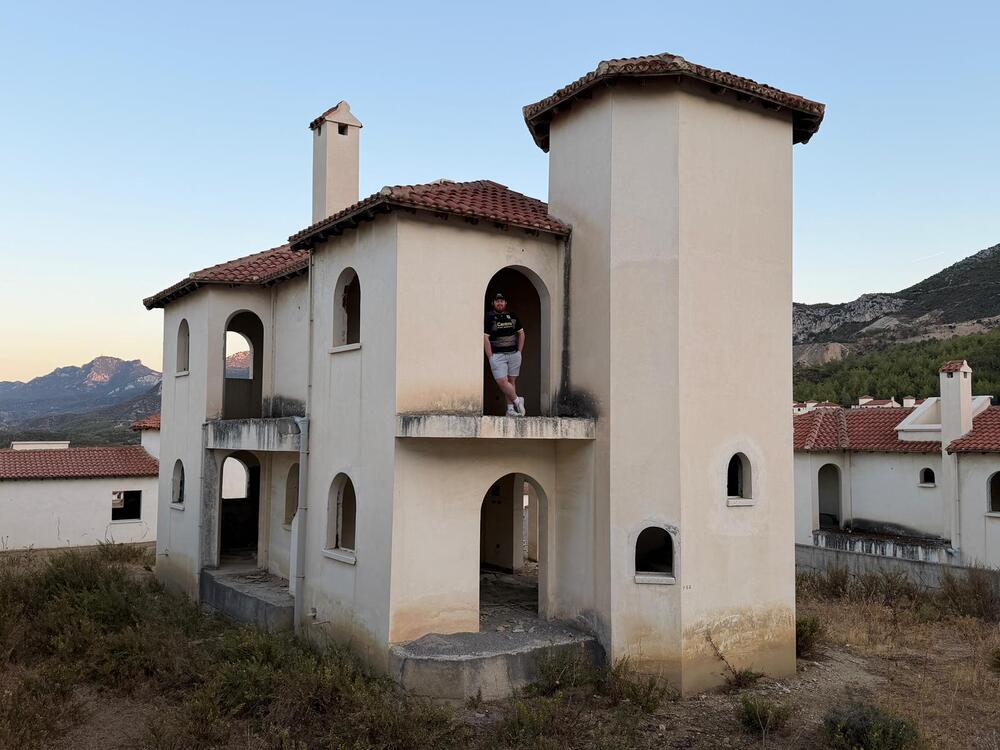
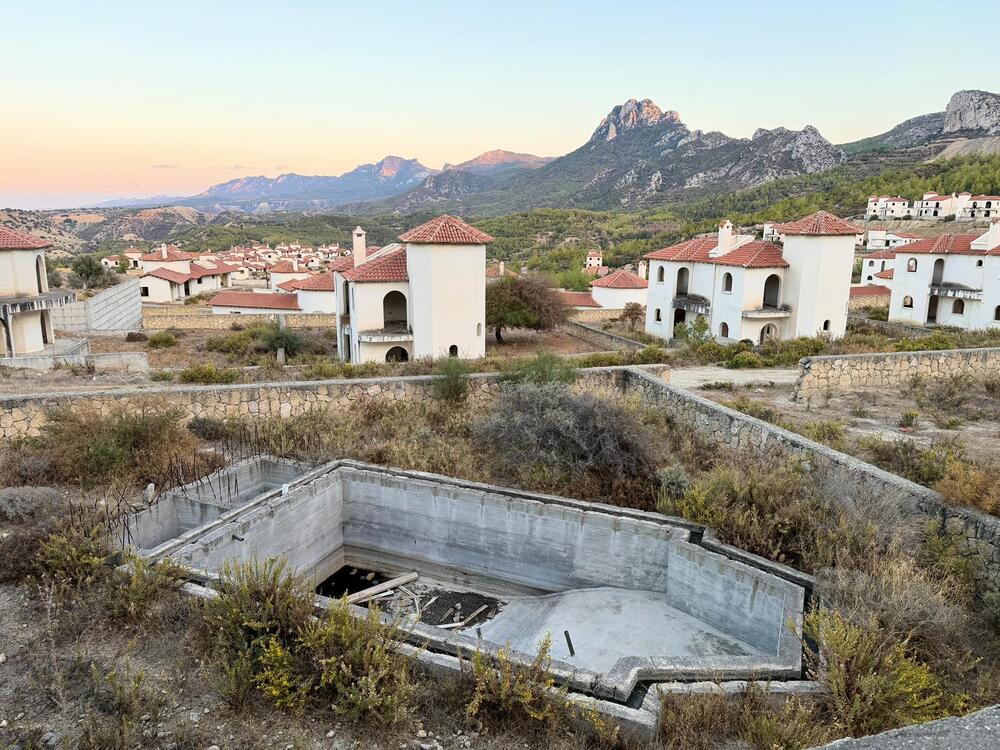
The Legal Unravelling of the Amaranta Valley Project
Robb’s activities eventually drew the attention of authorities in both Cyprus and the United Kingdom. Cypriot prosecutors charged him with multiple offences, including fraudulent sale, unlawful construction on land belonging to Greek Cypriots, and conspiracy. Several Greek Cypriot landowners testified that they discovered concrete foundations and partial structures on their property when they revisited their land after decades away.
In 2011, after years of intermittent legal action, Robb was extradited from the UK under a European arrest warrant. The following year he was convicted and sentenced to ten months in prison, a term Cypriot courts openly described as lenient compared with the magnitude of the scheme.
In the UK, the National Crime Agency pursued a civil recovery case based on the Proceeds of Crime Act. Investigators traced more than £1.6 million of illicit earnings connected to AGA’s activities. Roughly £1.3 million was eventually distributed amongst 57 victims, a fraction of the total losses, but a rare instance of partial restitution in such cases.
Visiting Amaranta Valley Today
Accessing the Site
The Amaranta Valley site remains one of the most tangible examples of failed development in northern Cyprus. Located above Klepini, it is easily reached by car from Kyrenia, though the final approach is along unmarked rural roads. There are no information boards, barriers, or staff, only the sound of wind moving through abandoned structures.
What Remains on the Ground
The landscape is dotted with half-finished villas, exposed steel, cracked concrete, and foundations overtaken by vegetation. Window openings frame large views of the mountains and coastline, emphasising the scale of what buyers expected to receive. The structures are unstable in places, so visitors should move carefully. Locals generally know the story, though the political sensitivity of property in northern Cyprus means the topic is not always openly discussed.
A Wider Visit to the Region
On our Divided Cyprus tour, our knowledgeable local guide help navigate the back roads and explain the site in context. We combineAmaranta with a visit to Kyrenia’s harbour, castle, and the surrounding villages offers a broader picture of the region, where modern development and decades-old disputes often sit side by side. The contrast between the thriving coast and the frozen ruins of Amaranta is striking.
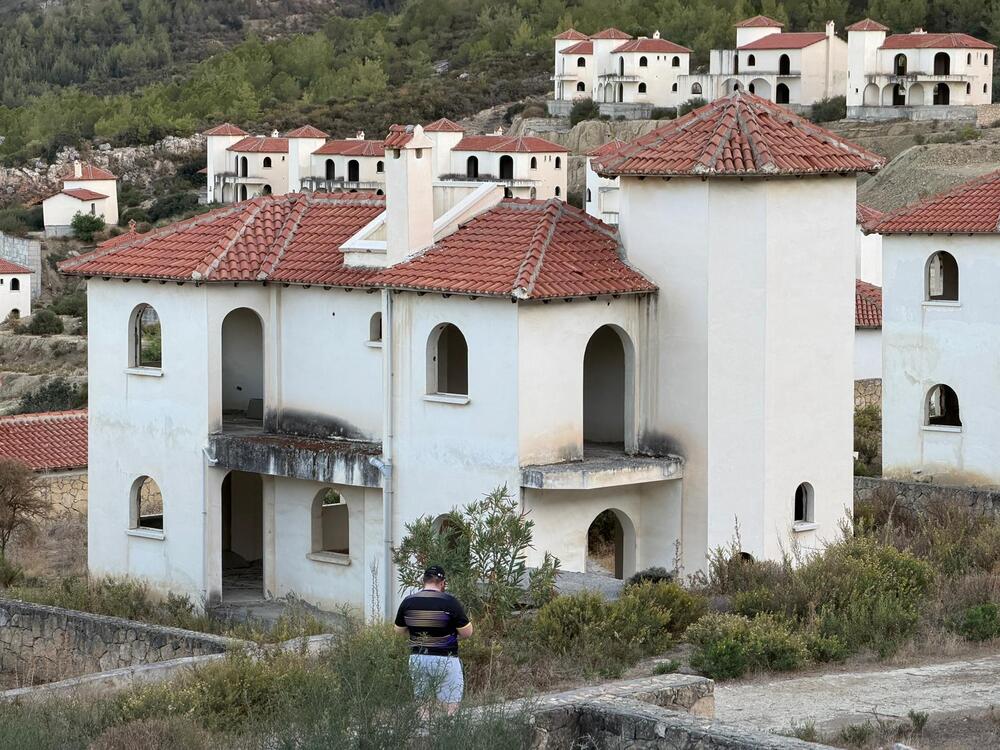

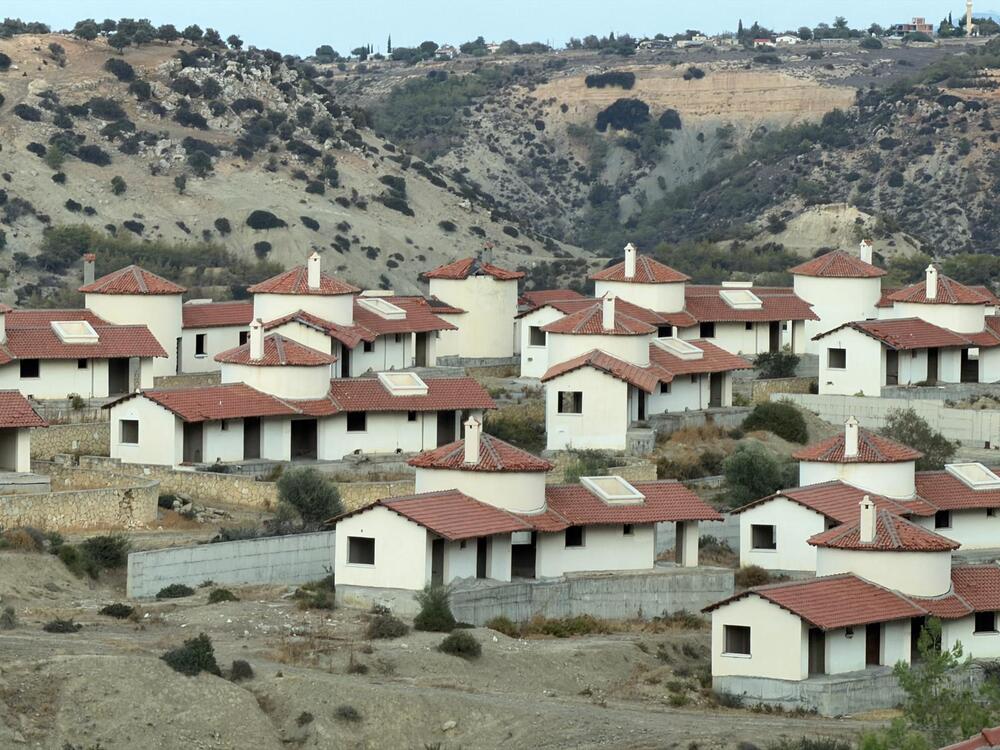
In Summary, What Went Wrong with the Amaranta Valley Project
The Amaranta Valley project was marketed aggressively to mostly British buyers. Here’s how things spiralled:
- Land Legitimacy Issues
- The development was on land that, according to court records, primarily belonged to Greek Cypriots.
- These lands were in the occupied north, which raised significant legal and ethical red flags from the start.
- Promises vs Reality
- According to court findings, by the time work largely stopped, only a single villa in Amaranta had been finished, and that was done at the buyers’ own expense.
- By January 2005, Robb was spending much of his time outside Cyprus, and construction had essentially ground to a halt.
- Investor Fallout
- Roughly 400 British buyers collectively lost millions of pounds, £35 million is commonly mentioned in press coverage.
- Their hopes for legal recourse were hampered by the complex political status of northern Cyprus (not universally recognised) and by the murky legal ownership of the land.
- Broader Network
- Robb was not alone: Turkish Cypriot lawyer Akan Kursat, among others, was implicated in the scheme.
- As recently as 2024, the extradition of Kursat was in the spotlight, tying him back to the Robb scandal.





